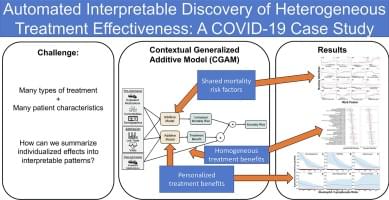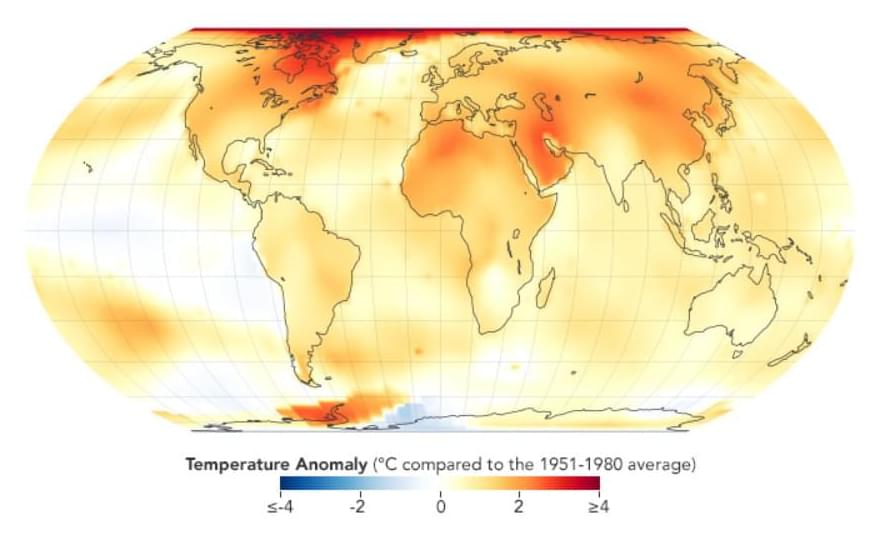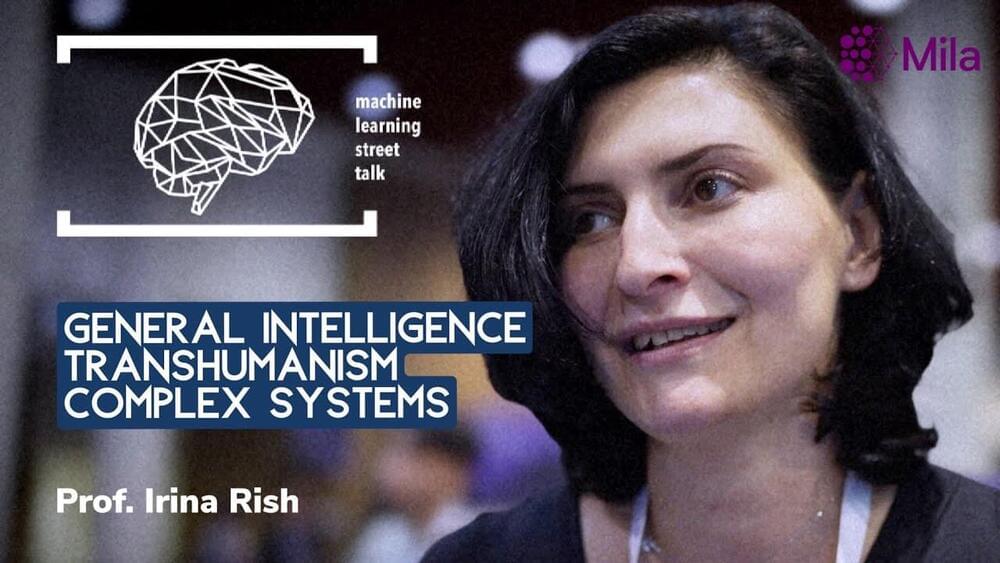Jan 3, 2023
Automated interpretable discovery of heterogeneous treatment effectiveness: A COVID-19 case study
Posted by Quinn Sena in categories: biotech/medical, robotics/AI
Year 2022 😗
Testing multiple treatments for heterogeneous (varying) effectiveness with respect to many underlying risk factors requires many pairwise tests; we would like to instead automatically discover and visualize patient archetypes and predictors of treatment effectiveness using multitask machine learning. In this paper, we present a method to estimate these heterogeneous treatment effects with an interpretable hierarchical framework that uses additive models to visualize expected treatment benefits as a function of patient factors (identifying personalized treatment benefits) and concurrent treatments (identifying combinatorial treatment benefits). This method achieves state-of-the-art predictive power for COVID-19 in-hospital mortality and interpretable identification of heterogeneous treatment benefits. We first validate this method on the large public MIMIC-IV dataset of ICU patients to test recovery of heterogeneous treatment effects. Next we apply this method to a proprietary dataset of over 3,000 patients hospitalized for COVID-19, and find evidence of heterogeneous treatment effectiveness predicted largely by indicators of inflammation and thrombosis risk: patients with few indicators of thrombosis risk benefit most from treatments against inflammation, while patients with few indicators of inflammation risk benefit most from treatments against thrombosis. This approach provides an automated methodology to discover heterogeneous and individualized effectiveness of treatments.


















